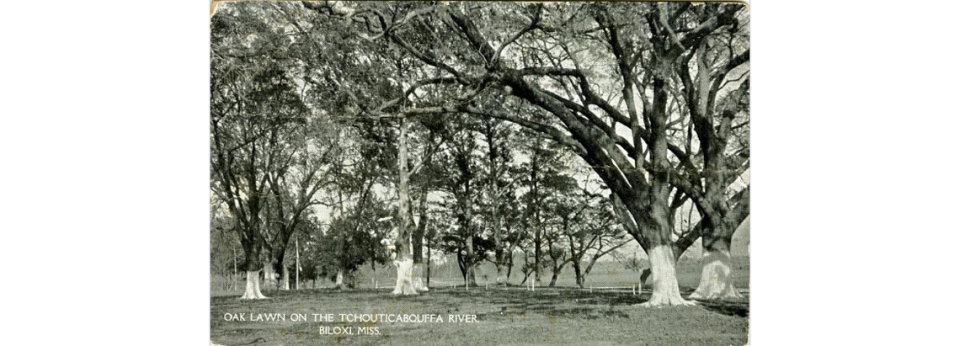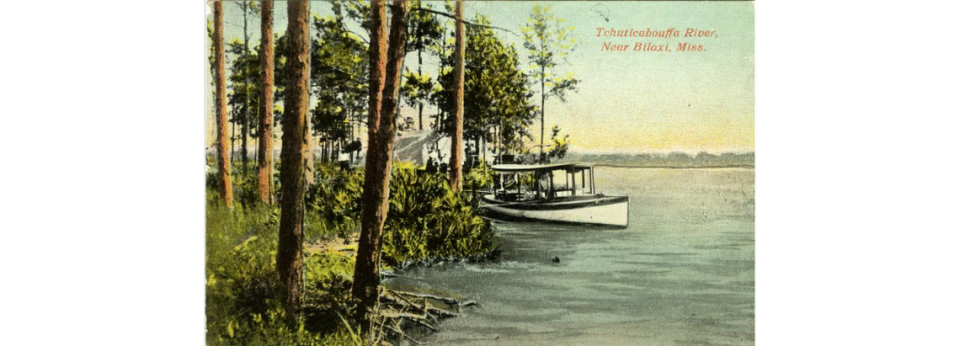How did the Tchoutacabouffa River in Biloxi get its name? And how do you pronounce it?
- Oops!Something went wrong.Please try again later.
If you’ve ever driven past Biloxi on Interstate 10, chances are you’ve glimpsed a sign for a river with a peculiar name.
The Tchoutacabouffa River, with its unique and sometimes confusing name, catches the curiosity of commuters. But how did it acquire such a name, and how do you actually pronounce it?
The river’s mouth joins Biloxi Bay just South of I-10, and winds approximately 31 miles North of Biloxi through the De Soto National Forest.
When European and later American settlers began naming geographical features in North America, they often looked to local indigenous people and languages. This tradition inspired numerous American namesakes, including the state of Mississippi and the Mississippi River.
The Biloxi Native Tribe inhabited the area of Coastal Mississippi before the arrival of the French. The city of Biloxi, named after this tribe, emerged alongside various nearby locations bearing similar Native names. The word Tchoutacabouffa likely first appeared during this time, with different variations, as the French took inspiration from the Biloxi language.
However, the river acquired several different Native names over the centuries before officially becoming the Tchoutacabouffa. Among them, the Tchula River derived from the Choctaw word for fox, while some locals referred to it as the Cabawfa, possibly from the Creek language.
In 1878, a land office map referred to it as the Tchula Cabawfa. Yet, even as the 1900s dawned, there was no singular or definitive name for the river.
Settlers had already built homes along its banks, and the Biloxi area began to flourish with new development. However, the confusing name situation surrounding the river persisted.

Finally, in 1912, faced with a several different names and a growing population in the area, the U.S. Geological Survey and Harrison County officials reached an agreement to officially designate the river as the Tchoutacabouffa. The name is believed to stem from the French spelling of the Biloxi term for “Broken Pot.”
Interestingly, George E. Ohr, renowned American pottery artist and Biloxi native, frequently visited the river to collect clay for his countless pottery creations during the late 1800s.
The river often finds itself listed among the nation’s most perplexing names to pronounce. Even many locals are uncertain about the correct pronunciation. The French rendition of the river’s name is “Choo-tah-kah-buffa,” but most locals opt for “Choo-tah-kah-buf.”
Today, the Tchoutacabouffa River remains a beloved destination for anglers seeking crappie and bass, as well as for enthusiasts of boating, kayaking, and bird-watching. However, recent years have seen a series of boating accidents and drownings, making it a matter of concern for authorities. Alligators also inhabit the river, generally keeping to themselves but posing potential risks to humans.

Even in 2017, Google Maps mixed up the Tchoutacabouffa River with the Biloxi River, being unable to discern between the two following a fatal boating accident. Nevertheless, the river is likely to continue catching the eyes of tourists and commuters who cross over it and spot its sign along I-10.

